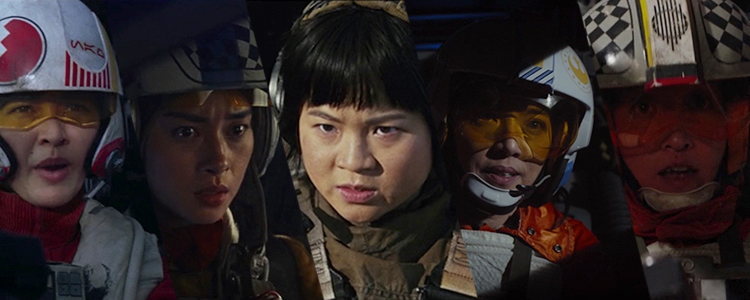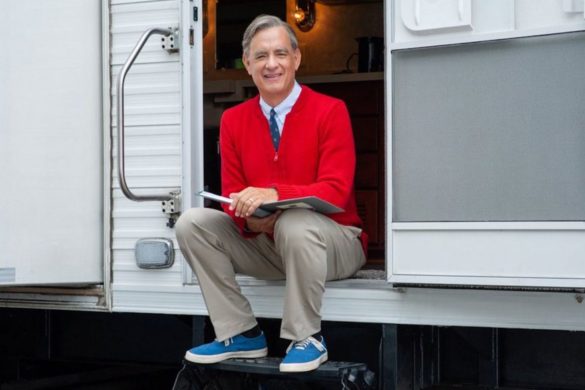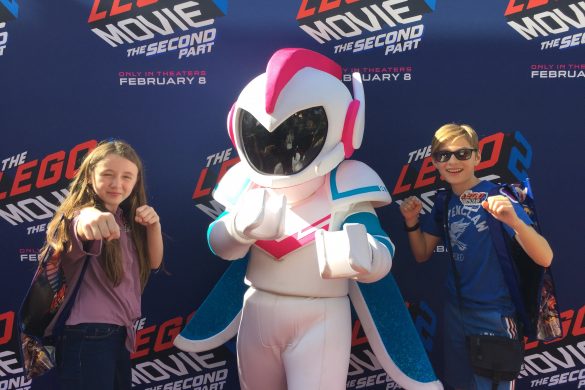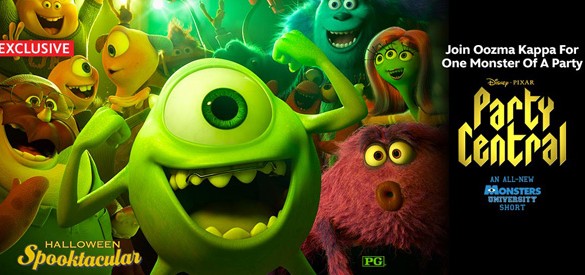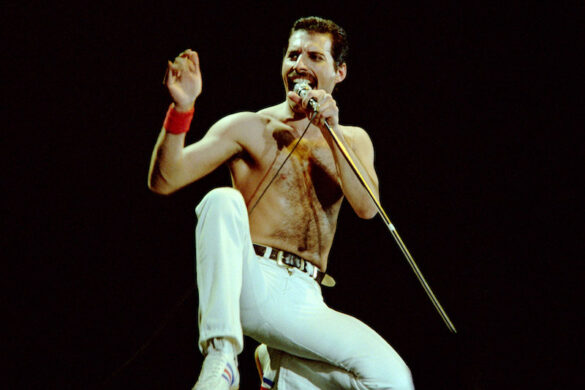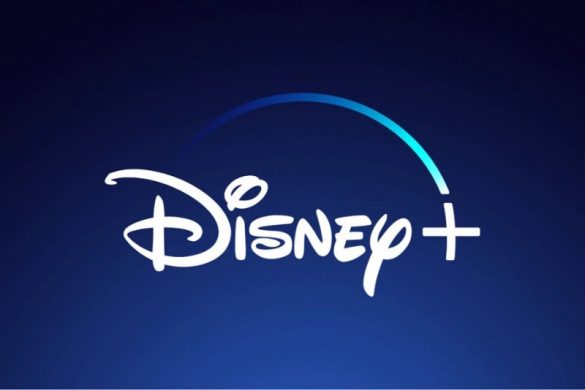Representation matters. Not only because it allows minorities to see themselves in the characters that appear onscreen, but it also shows the world – or for the purposes of this piece, the galaxy that they exist. Looking back at my history of watching Star Wars, I didn’t connect with the Jedi. Not that I follow the Dark side or that the Jedi mythology isn’t interesting. It’s just that it lacked a certain kind of representation that allowed me to myself in those lightsaber-wielding galactic peacekeepers.
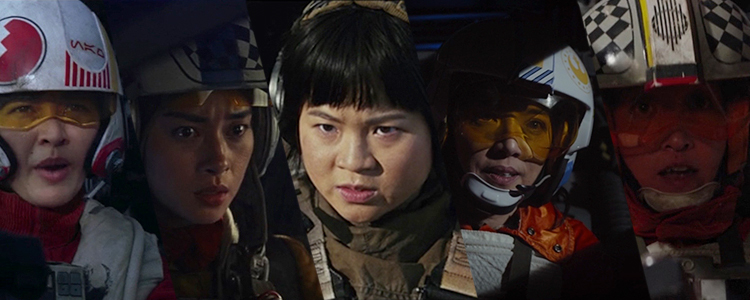
But in “Return of the Jedi” I saw Y-Wing pilot Lieutenant Gureni Telsij (Eiji Kusuhara), who is being overwhelmed by a fleet of Imperial Tie Fighters, shouting, “There’s… too many of them.” This was the first time that I saw myself in a character that existed within the “Star Wars” universe.
Although Telsij, who then shouts, “I’m hit,” as his fighter is shot down, this wouldn’t be the last time we see AAPI representation in Star Wars films. Years later, just like the films, AAPI representation would grow and expand. There are now TV shows, novelizations, and video games where AAPI plays characters like Princess Padame lookalikes (Keisha Castle-Hughes) and Mandalorians like Jango Fett (Temuera Morrison) to Imperial cargo pilots like Bohdi Rook (Riz Amhed) pilots or galactic assassins like Fennec Shand (Ming-Na Wen). And we can’t forget about “Star Wars Rebels” characters like Commander Sato (voice of Keone Young) or Sabrine Wren (voice of Tiya Sircar). There’s also Iden Versio (Janina Gavankar) from “Star Wars: Battlefront II.”
While other sites have already brilliantly covered AAPI representation in “Star Wars” in a broad sense, I will be taking a slightly different approach with this piece. Rather than do another piece that encompasses AAPI representation across the board, I’ll be taking a look at AAPIs as Rebel/Resistance fighter pilots from the films and “The Mandalorian.” Of course, the following will contain minor spoilers – especially for those who have not watched the most recent episode of the “The Mandalorian,” specifically “Chapter Ten: The Passenger.”
The purpose of this piece came about when Paul Sun-Hyung Lee’s made a surprise cameo appearance as Captain Carson Teva in “The Mandalorian.” But before we get to him, we will start listing all of the Asian and Pacific Islander X-wing pilots that have appeared in the films, from the beginning, meaning the original trilogy, and go on from there. So, if I miss anyone, I do apologize. And remember, this is specifically just Rebel/New Republic/Resistance fighter pilots.
“Star Wars: Return of the Jedi”
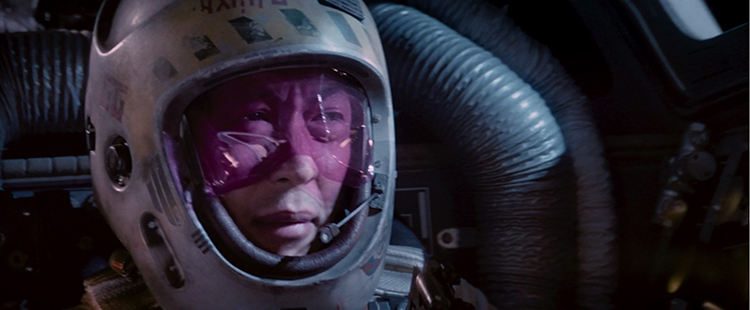
As aforementioned, Lieutenant Gureni Telsij (Eiji Kusuhara) is the first Asian to appear on screen in a Star Wars film. Though his character may not have lived long enough to see the end of the war, he will long recognize him for breaking the color barrier and as a pioneer for what will be more AAPI representation in future “Star Wars” films.
Skipping the entire “Star Wars” Prequel Trilogy because, well. I couldn’t find any. Let’s go to the Sequel Trilogy, aka the closing trilogy of the Skywalker Saga, and the spinoff films.
“Star Wars: The Force Awakens”
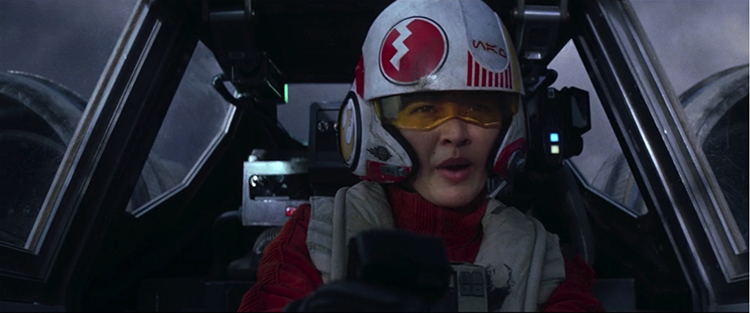
Jessika Pava (Jessica Wenwick) is the lone Asian female pilot of the fleet that stormed Starkiller Base in “The Force Awakens.” Though it may be a tiny cameo that came with a few lines of dialogue, it was another step forward in the right direction for onscreen representation for AAPI. It’s also another reason why I gravitate towards being a Rebel fighter pilot more so than being a Jedi.
“Rogue One: A Star Wars Story”
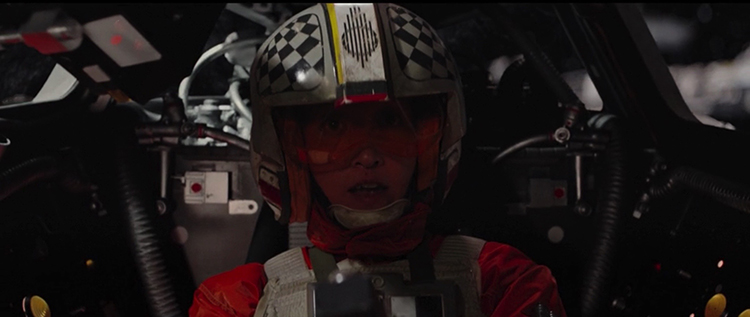
In a blink and you might miss it, “Rogue One: A Star Wars Story” sees Gold Nine (Gabby Wong), is a Y-Wing pilot, who fired ion torpedoes at a Star Destroyer. And that is about the extent of her role. However, that doesn’t make her significance for AAPI representation any less. Plus, how cool is it to see that Asian females are Rebel fighter pilots.
“Star Wars: The Last Jedi”
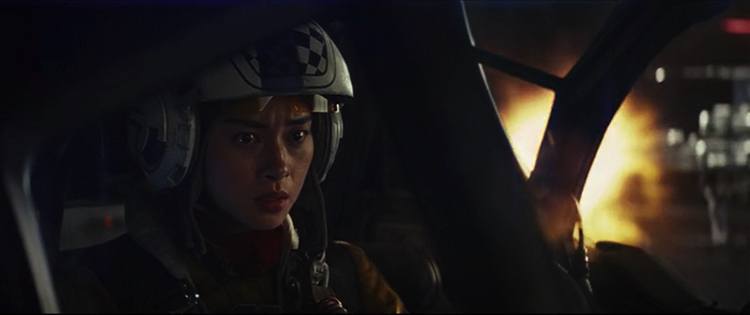
Paige Tico (Veronica Ngo) served as a gunner on a MG-100 StarFortress SF-17 aka a Resistance Bomber, during the Evacuation of D’Qar in Star Wars: The Last Jedi. While AAPI onscreen representation has been limited thus far, her character will be a significant motivational factor for her sister, Rose Tico (Kelly Marie Tran).
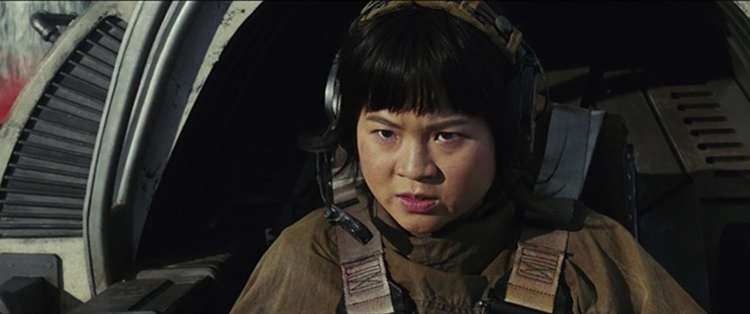
So Rose Tico is pretty much my Star Wars queen because her role – though it may be a filler subplot – is a significant one as it isn’t a glorified cameo but something of actual substance. She is now the symbol of AAPI representation in the Star Wars franchise. And though she did a great deal on the Battle of Crait in The Last Jedi, it’s what she said that will have a profound impact on AAPIs Star Wars fans.
Rose is also a character who no longer plays to the stereotypes or awful dated tropes attached to Asians in media. She isn’t a geisha-esque character or a model minority, nor is she the incompetent character serving as comic relief. She is a Resistance fighter who is looking to live up to her late sister’s legacy. Her ethnicity has nothing to do with her character development from a shy engineer to Finn’s (John Boyega) partner in crime. It also has nothing to do with how other’s see her. Rose let’s her actions speak for her.
Sadly, that did not transfer over to The Rise of Skywalker, which marginalized Rose Tico. As unfortunate as that is, her role and significane in “The Last Jedi” will be something that means the most to me, AAPIs, and female AAPIs.
That leaves us with The Mandalorian. Of course, I could give Fennec some time, but this piece is dedicated to the great pilots of the Rebellion and Resistance.
“The Mandalorian” (S1) Chapter 6: The Prisoner
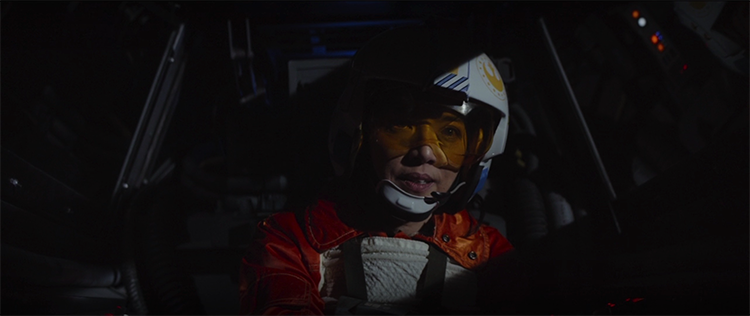
Here we see Deborah Chow, one of the three The Mandalorian directors, making a cameo as Sash Ketter, an X-Wing pilot, who along with Trapper Wolf (Dave Filoni) and Jib Dodger (Rick Famuyiwa ) track a New Republic beacon had been placed on an escaped prisoner taking refuge on a space hanger. It’s unclear if we will see Dodger again as Chow is currently showrunner on the Obi-Wan miniseries.
But her role in Star Wars is more than just a cameo as she directed two episodes of the freshman season. One of the prerequisites for the diverse mix of directors to helm an episode was that they had to love the Star Wars. And in her respective episodes, it shows, as she expanded the culture and history of Mandalorians in “Chapter 3” and “Chapter 7.”
“The Mandalorian” (S2) “Chapter 10: The Passenger”
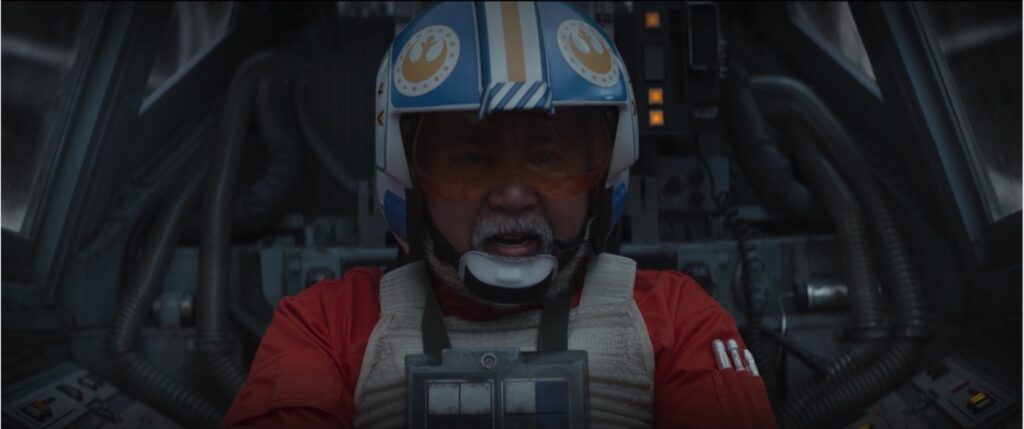
And then this takes us to our latest Asian X-wing pilot, Captain Teva (Lee), who patrols the galaxy with fellow Trapper Wolf as a sort of intergalactic police force patrolling the galaxy for ships with Imperial connections. When they come into contact with Din Djarin’s (Pedro Pascal) Razor Crest, the titular character makes a run for it as flies across the galaxy in hopes of outrunning the pair of X-wing pilots.
Though the chase is short, Lee’s appearance as Captain Teva is not without merit. The actor, known for his role as Appa, a blunt Korean father on Kim’s Convenience, is a huge Star Wars fan. So much so that he is a member of the Toronto Garrison of the 501st Legion.
Diversity in Star Wars has come a long way in its 40-year history. So, it is important that Lucasfilm know how significant representation is as fans from across the globe are now able to see themselves in the characters on screen, in the toys, in novelizations, or as characters in video games in a meaningful way. If there is a lot more of that, for all people of color, then we can see a Star Wars that is genuinely reflective of the world that we live in today.

